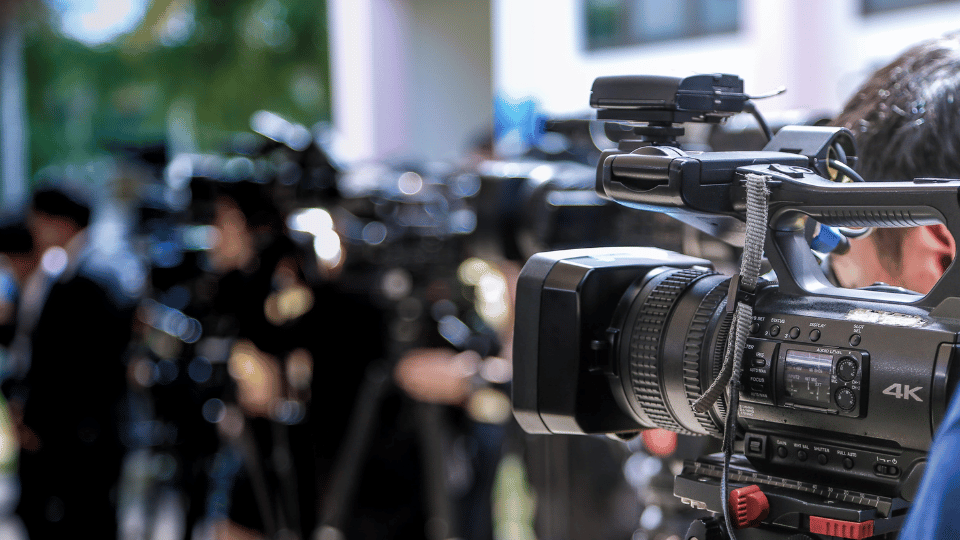Photojournalism has long been a powerful medium for storytelling, capturing moments that shape our understanding of the world. As technology continues to advance at a rapid pace, the field of photojournalism is also evolving. In this article, we will explore the future of photojournalism, examining the trends and innovations that are shaping the industry.
1. Visual Storytelling in the Digital Age
In the digital age, visual storytelling has become more important than ever. With the rise of social media platforms and online news outlets, photojournalists have new opportunities to reach wider audiences. The demand for compelling visual content is constantly increasing, and photojournalists need to adapt to this changing landscape. They must master not only the art of capturing powerful images but also the skills of editing and curating visual stories for different platforms.
2. Drone Photography and Aerial Perspectives
Drones have revolutionized the field of photography, and photojournalism is no exception. These unmanned aerial vehicles offer a unique perspective that was previously only accessible through helicopters or planes. Drone photography allows photojournalists to capture stunning aerial shots, providing a fresh and captivating view of news events. From documenting natural disasters to covering protests and social movements, drones have expanded the possibilities for visual storytelling.
3. Virtual Reality and Immersive Experiences
Virtual reality (VR) technology has the potential to transform the way we consume news and stories. With VR headsets becoming more accessible, photojournalists can now create immersive experiences that transport viewers to the heart of a news event. By combining 360-degree photography and video, photojournalists can bring their audience closer to the action, fostering a deeper sense of empathy and understanding. As VR technology continues to evolve, we can expect to see more innovative applications in the field of photojournalism.
4. Mobile Journalism and Smartphone Photography
With the increasing quality of smartphone cameras, mobile journalism is on the rise. Photojournalists are no longer limited to carrying heavy equipment; they can now capture powerful images using just their smartphones. This accessibility has democratized the field, allowing more people to participate in photojournalism. The ability to instantly share images and stories through social media platforms has also made mobile journalism an effective tool for documenting breaking news and social movements.
5. Data Visualization and Infographics
In an era of information overload, data visualization and infographics play a crucial role in making complex stories more accessible. Photojournalists are now incorporating data-driven visual storytelling techniques to present information in a visually engaging and informative way. By combining compelling images with data, photojournalists can effectively communicate complex issues and statistics to their audience.
6. Ethical Considerations in a Digital World
As technology advances, photojournalists must grapple with a range of ethical considerations. The ease of manipulating images and spreading misinformation poses challenges to the integrity of photojournalism. It is crucial for photojournalists to adhere to ethical guidelines and maintain the highest standards of accuracy and truthfulness. In a world where fake news and manipulated images can easily go viral, the role of photojournalists as trusted storytellers becomes even more important.
7. The Importance of Storytelling Skills
While technology continues to shape the field of photojournalism, storytelling skills remain at its core. The ability to capture a moment and convey its significance through a single image or a series of photographs is what sets photojournalists apart. The future of photojournalism lies in the hands of those who can combine technical expertise with a keen sense of storytelling, creating images that resonate with audiences and drive meaningful change.
Key Takeaways:
- Visual storytelling is more important than ever in the digital age, with social media platforms and online news outlets providing new opportunities for photojournalists to reach wider audiences.
- Drone photography offers a unique perspective, capturing stunning aerial shots and expanding the possibilities for visual storytelling.
- Virtual reality technology allows photojournalists to create immersive experiences that bring viewers closer to the heart of a news event.
- Mobile journalism and smartphone photography have democratized the field, allowing more people to participate in photojournalism and instantly share images and stories.
- Data visualization and infographics help make complex stories more accessible, effectively communicating information to audiences.
- Ethical considerations are crucial in a digital world, with photojournalists needing to adhere to guidelines and maintain the highest standards of accuracy and truthfulness.
- Storytelling skills remain at the core of photojournalism, with the ability to capture a moment and convey its significance setting photojournalists apart.
To further enhance your skills and stay ahead in the ever-evolving field of photojournalism, consider taking the “NYU | Modern Journalism” online course and certificate program offered by Yellowbrick. This comprehensive program will provide you with the knowledge and practical skills needed to excel in the field, covering topics such as visual storytelling, ethical considerations, and emerging technologies. Invest in your future as a photojournalist by enrolling in this program and unlock new opportunities in the dynamic world of photojournalism.








